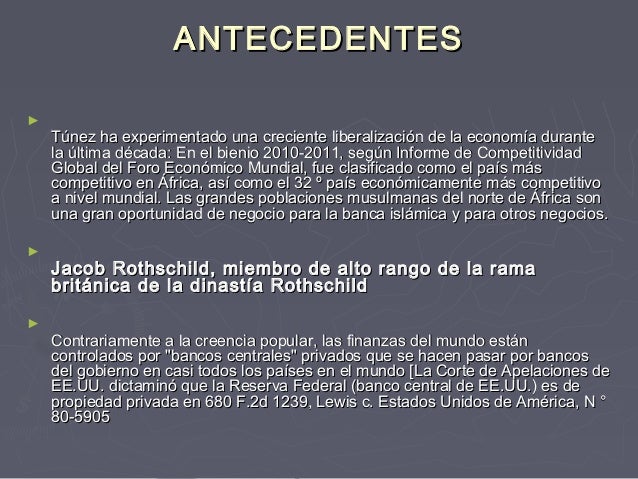

The letters are written upside-down for a reader who looks at the inscription from a level position this has been explained by Aldo Luigi Prosdocimi as due to the fact that the inscription was meant to be read from above, not from a sideways position. It is written from right to left spiralling downwards about 1 + 1⁄ 2 times.

The inscription (CIL I 2nd 2, 4) is scratched along the side of the body of three vases made of dark brown bucchero, connected with each other by short cylindric arms. Some scholars posit Duenos as a proper name, instead of merely an adjective. Someone good has filled me for someone good and well-mannered,Īnd not shall I be obtained by someone bad.ĭuenos is an older form of Classical Latin bonus ('good'), just as Classical bellum ('war') is from Old Latin duellum.
 It is sworn with the gods, whence I'm issued:. 'A good man made me (in good intention?) for a good man may I not be stolen by an evil man.'Īn interpretation set out by Warmington and Eichner, renders the complete translation as follows, though not with certainty: Bonus mē fēcit in manum bonō, nē mē malus d. duenos mēd fēced en mānōm (m)einom duenōi nē mēd malo(s) statōd c. DVENOSMEDFECEDENMANOMEINOMDVENOINEMEDMALOSTATOD b. as(t) tēd noisi o(p)petoit esiāi pākā riuois c. 'The person who sends me prays to the gods, lest the girl be not kind towards thee' Jūrat deōs quī mē mittit, nī comis virgō sit d. iouesāt deivos qoi mēd mitāt, nei tēd endō cosmis vircō siēd c. IOVESATDEIVOSQOIMEDMITATNEITEDENDOCOSMISVIRCOSIED b. An English gloss (approximate translation/interpretation) of the Classical Latin rendering A speculative interpretation and translation into Classical Latin d. Direct transcription, in lowercase, with possible macrons and word breaks c. Due to the lack of a large body of archaic Latin, and the method by which Romans abbreviated their inscriptions, scholars have not been able to produce a single translation that has been accepted by historians as accurate.īelow is the transcription and one of many possible interpretations: a. There have been many proposed translations advanced by scholars since the discovery of the kernos by 1983, more than fifty different explanations of the meaning had been put forward. The absence of spaces causes additional difficulty in assigning the letters to the respective words. It is difficult to translate, as some letters are hard to distinguish, particularly since they cannot always be deduced by context. The inscription is written right to left in three units, without spaces to separate words. The kernos is part of the collection of the Staatliche Museen in Berlin (inventory no. It was found by Heinrich Dressel in 1880 in the valley between Quirinale and Viminale (today Via Nazionale) It is inscribed on the sides of a kernos, in this case a trio of small globular vases adjoined by three clay struts. The Duenos inscription is one of the earliest known Old Latin texts, variously dated from the 7th to the 5th century BC. Old Latin text The Duenos inscription, as recorded by Heinrich Dressel.
It is sworn with the gods, whence I'm issued:. 'A good man made me (in good intention?) for a good man may I not be stolen by an evil man.'Īn interpretation set out by Warmington and Eichner, renders the complete translation as follows, though not with certainty: Bonus mē fēcit in manum bonō, nē mē malus d. duenos mēd fēced en mānōm (m)einom duenōi nē mēd malo(s) statōd c. DVENOSMEDFECEDENMANOMEINOMDVENOINEMEDMALOSTATOD b. as(t) tēd noisi o(p)petoit esiāi pākā riuois c. 'The person who sends me prays to the gods, lest the girl be not kind towards thee' Jūrat deōs quī mē mittit, nī comis virgō sit d. iouesāt deivos qoi mēd mitāt, nei tēd endō cosmis vircō siēd c. IOVESATDEIVOSQOIMEDMITATNEITEDENDOCOSMISVIRCOSIED b. An English gloss (approximate translation/interpretation) of the Classical Latin rendering A speculative interpretation and translation into Classical Latin d. Direct transcription, in lowercase, with possible macrons and word breaks c. Due to the lack of a large body of archaic Latin, and the method by which Romans abbreviated their inscriptions, scholars have not been able to produce a single translation that has been accepted by historians as accurate.īelow is the transcription and one of many possible interpretations: a. There have been many proposed translations advanced by scholars since the discovery of the kernos by 1983, more than fifty different explanations of the meaning had been put forward. The absence of spaces causes additional difficulty in assigning the letters to the respective words. It is difficult to translate, as some letters are hard to distinguish, particularly since they cannot always be deduced by context. The inscription is written right to left in three units, without spaces to separate words. The kernos is part of the collection of the Staatliche Museen in Berlin (inventory no. It was found by Heinrich Dressel in 1880 in the valley between Quirinale and Viminale (today Via Nazionale) It is inscribed on the sides of a kernos, in this case a trio of small globular vases adjoined by three clay struts. The Duenos inscription is one of the earliest known Old Latin texts, variously dated from the 7th to the 5th century BC. Old Latin text The Duenos inscription, as recorded by Heinrich Dressel.







 0 kommentar(er)
0 kommentar(er)
